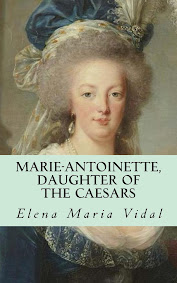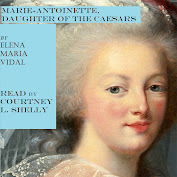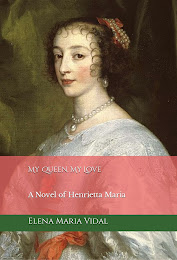In “The Disciples Peter and John Running to the Sepulchre on the Morning of the Resurrection” by Eugène Burnand, John clasps his hand in prayer while Peter holds his hand over his heart. The viewer feels the rush as their hair and cloaks fly back with the wind. They are sprinting towards discovery of the moment that forever altered heaven and earth. As you look at it, engage for a moment in what the Catholic blogger Bill Donaghy calls “the visual equivalent of Lectio Divina.” As Donaghy notes, “This Resurrection scene does not put us before still figures near a stagnant stone, or figures standing with stony faces in a contrived, plastic posture, pointing to an empty tomb. This scene is dynamic; we are in motion.”Share
During his time, Burnand was fascinated by the possibilities of the emerging art of photography. Ironically, he would later be dismissed in the twentieth century as too “bourgeois” and anti-modernist when in fact he was merging his love of tradition with his interest in new technological ways of capturing the human person. His painting feels cinematic long before cinema existed as a major art form.
Through the movement and immediacy of the scene, the preceding minutes with Mary Magdalene are palpable. In a sense, she is in the painting too. “You can almost hear her voice in the background, can you not, a few minutes earlier, as she burst into their house…” writes the Episcopal Bishop Dorsey McConnell in an Easter sermon meditating on the painting. (Read more.)
St. Martha's Day
7 hours ago

















1 comment:
Speaks to one's heart in so many ways, and tells so much about the 2 apostles. They couldn't have known what was yet to enfold.
Post a Comment